Tilapia Information
Tilapia (/tɪˈlɑːpiə/ ti-lah-pee-ə) is the common name for over a hundred species of cichlid fish from the tilapiine cichlid tribe.
The Tilapia is a freshwater fish species that is known for its mild, white meat and fast growth rate. It is a popular fish for aquaculture and can be found all over the world.
In aquaponics, tilapia provide a valuable service by converting fish waste into nutrients for plants. In return, the plants help to filter the water for the fish. This creates a mutually beneficial relationship where both plants and fish thrive.
Tilapia are a great choice for aquaponics because they are hardy fish that can tolerate a wide range of water conditions. They are fast-growing and can reach market size in a relatively short amount of time. This makes them a popular choice for those looking to raise fish for food.
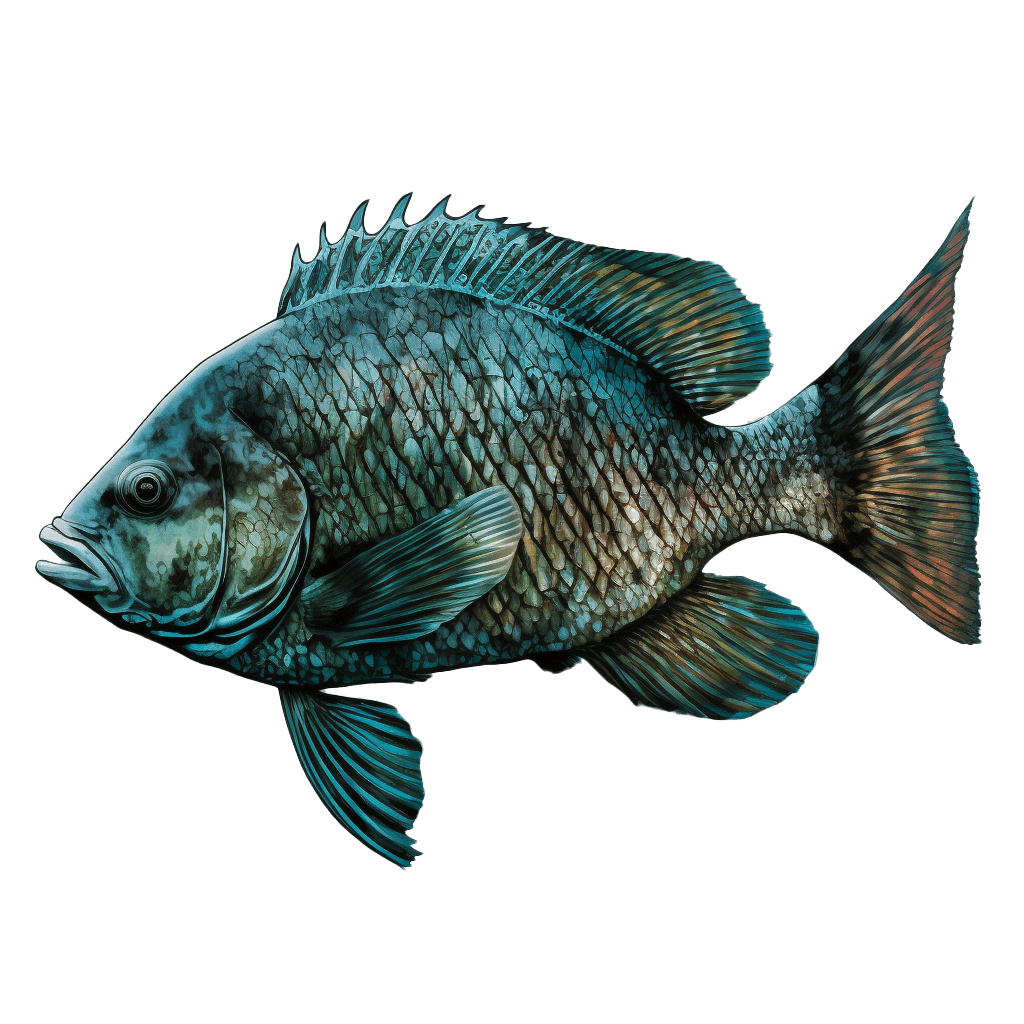

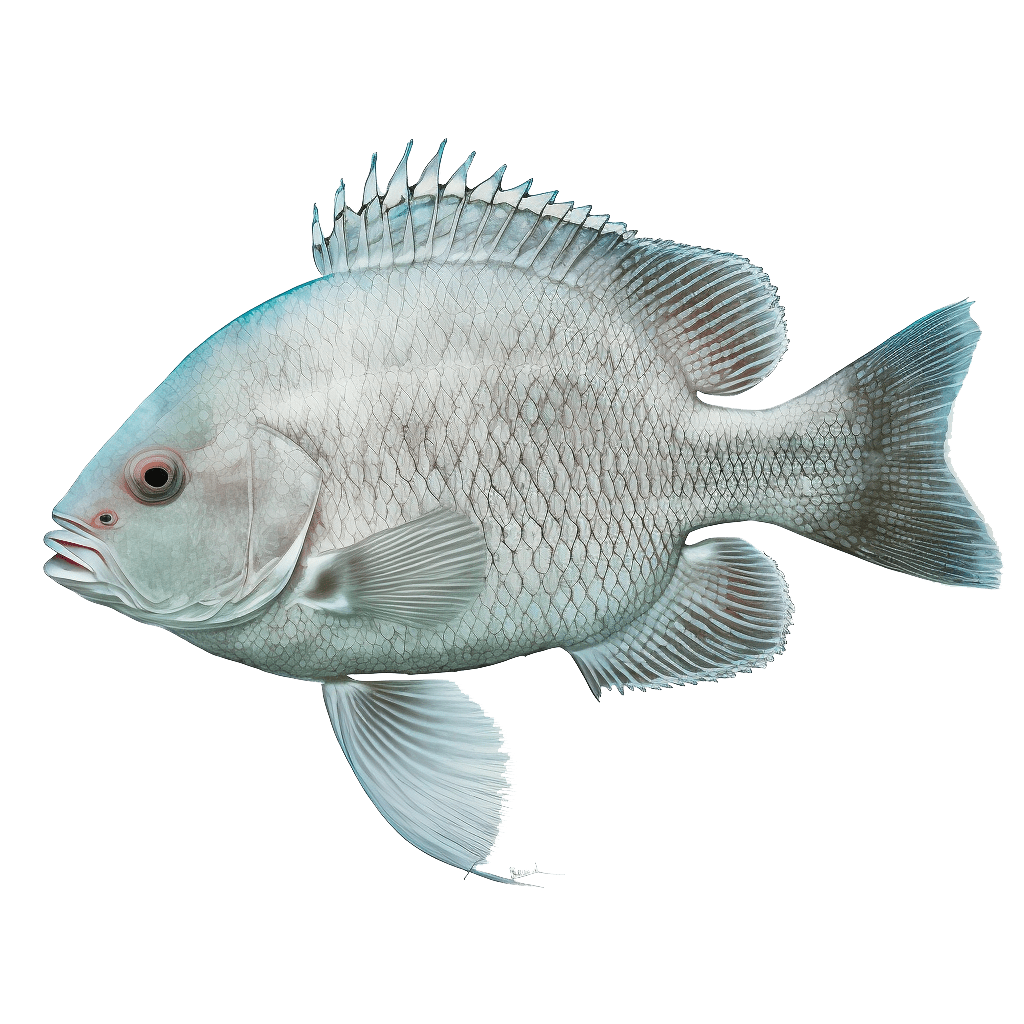
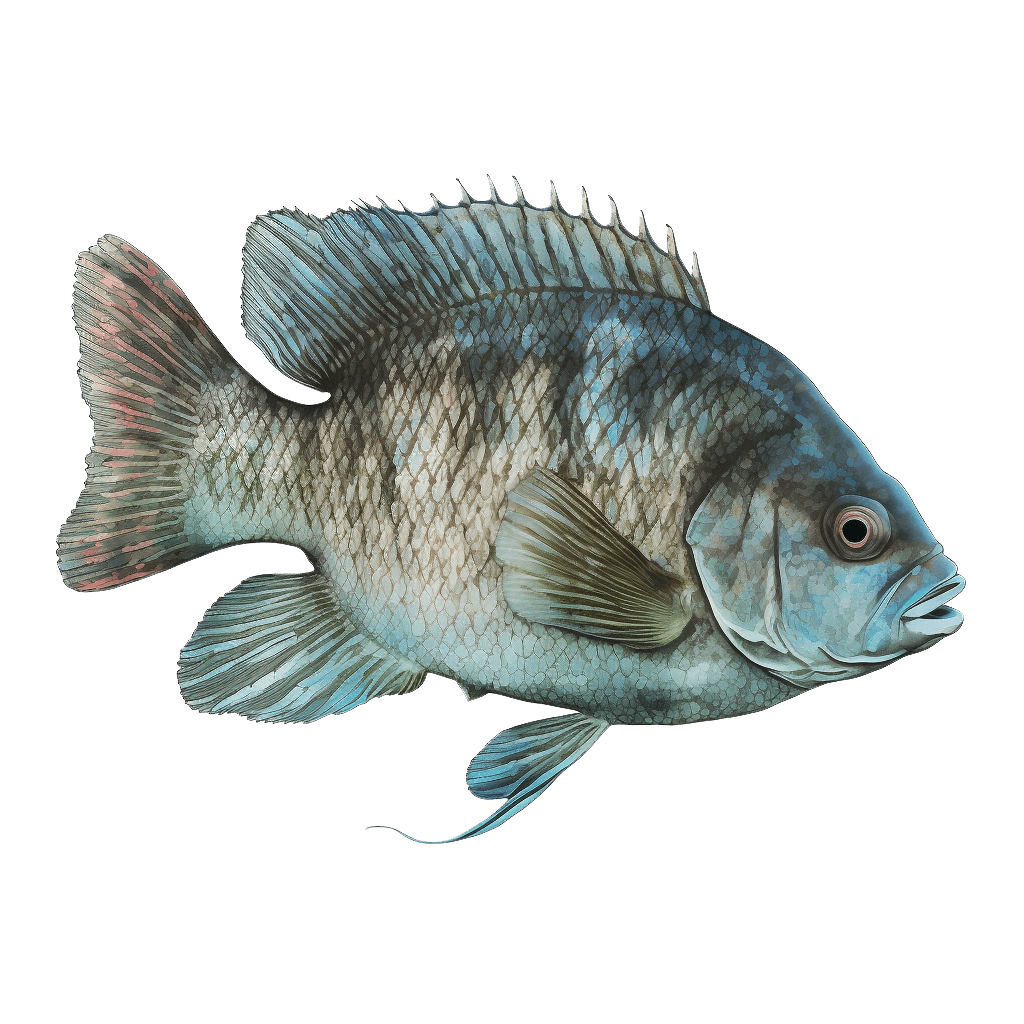
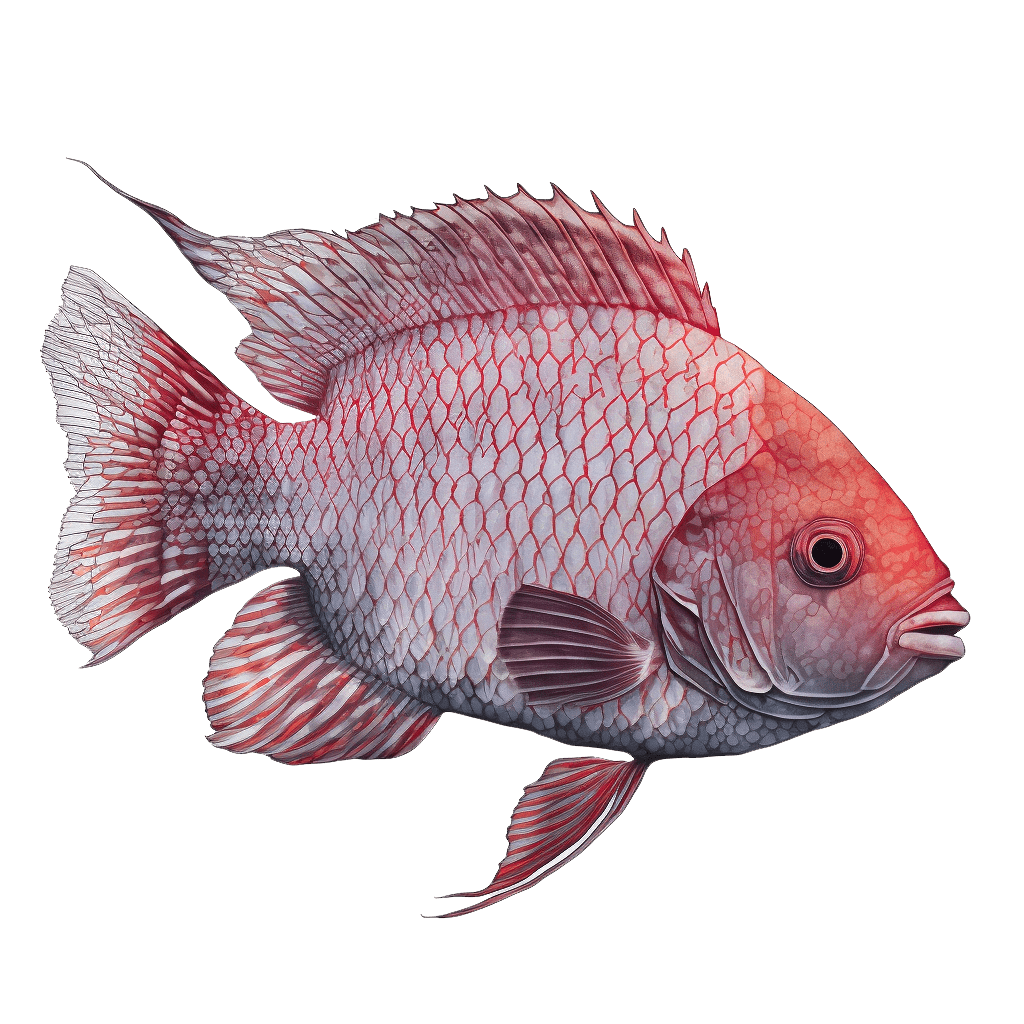
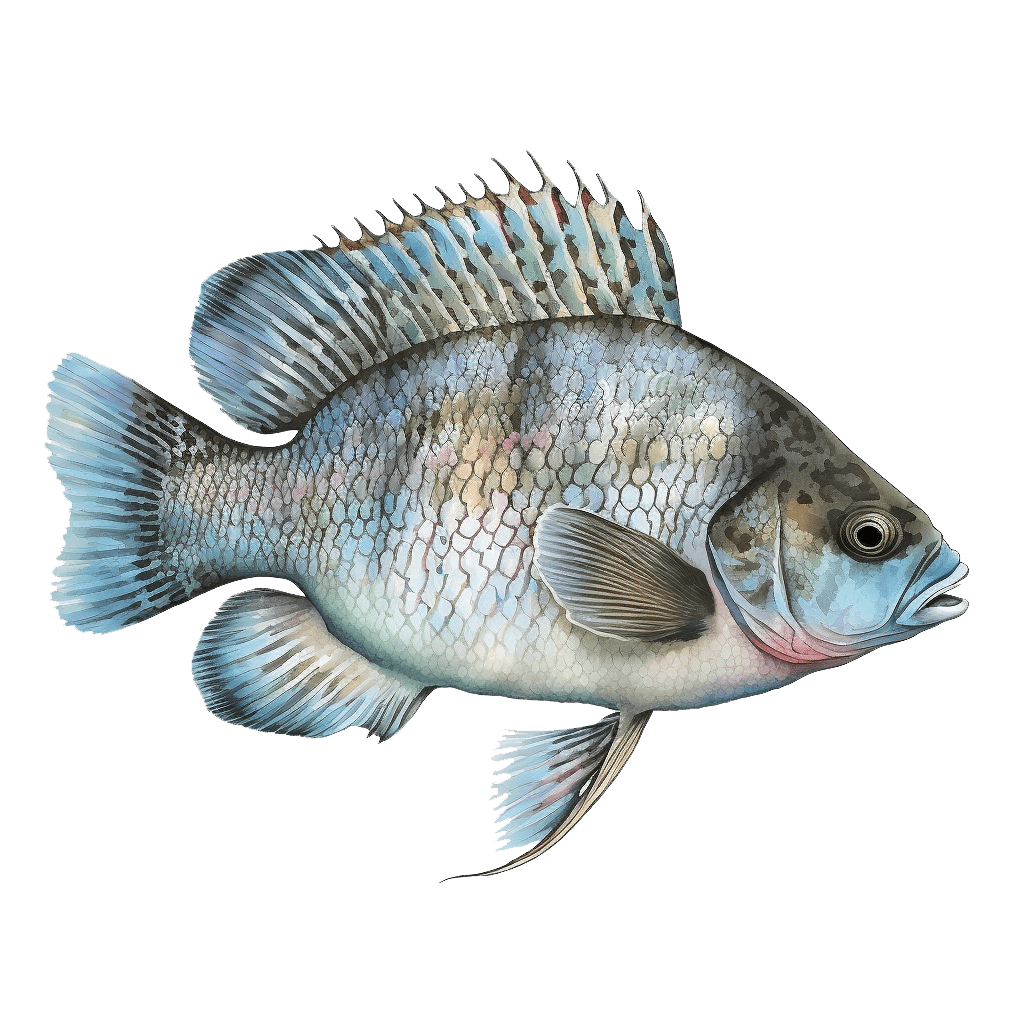
ways to keep tilapia:
Tilapia Pros:
- Fast growth: Tilapia grow quickly and can reach market size in a relatively short amount of time, making them a good choice for those looking to raise fish for food.
- High protein: Tilapia are a good source of protein and have a mild, white meat that is popular with consumers.
- Hardy fish: Tilapia are hardy and can tolerate a wide range of water conditions, making them a good choice for beginners.
- Efficient use of space: Tilapia can be raised in high densities, which makes them an efficient use of space in an aquaponics system.
- Fertilizer: Tilapia produce a lot of waste, which can be used to fertilize the plants in the aquaponics system.
Tilapia Cons:
- Warm water: Tilapia prefer water temperatures between 28 and 30 degrees Celsius (82 to 86 degrees Fahrenheit), which may require additional heating in cooler climates.
- Susceptible to diseases: Tilapia can be susceptible to a variety of diseases, which can be a concern in crowded aquaponics systems.
- Require high-quality feed: Tilapia require a high-protein diet to grow quickly, which can be expensive.
- Require good water quality: Tilapia require good water quality with plenty of oxygen, which may require additional equipment or maintenance in some aquaponics systems.
- Invasive species: Tilapia can be an invasive species in some areas, so it’s important to make sure they are legal to raise in your region and to take precautions to prevent them from escaping into local waterways.
more on tilapia:
Tilapia History
As early as 2000 BC Egyptians were known to use tilapia in their diet and to cultivate it in ponds along the Nile River. The ancient Egyptians considered tilapia to be a sacred fish and it was often depicted in hieroglyphics and artwork.
Tilapia was an important food source for the ancient Egyptians due to its fast growth rate and hardiness, as well as its mild flavor. The fish was typically cooked and eaten fresh or dried and salted for later consumption. Tilapia was also used in medicinal and religious rituals in ancient Egyptian culture.
The practice of tilapia farming continued in Egypt for thousands of years, with some of the oldest tilapia farms still in operation today.




